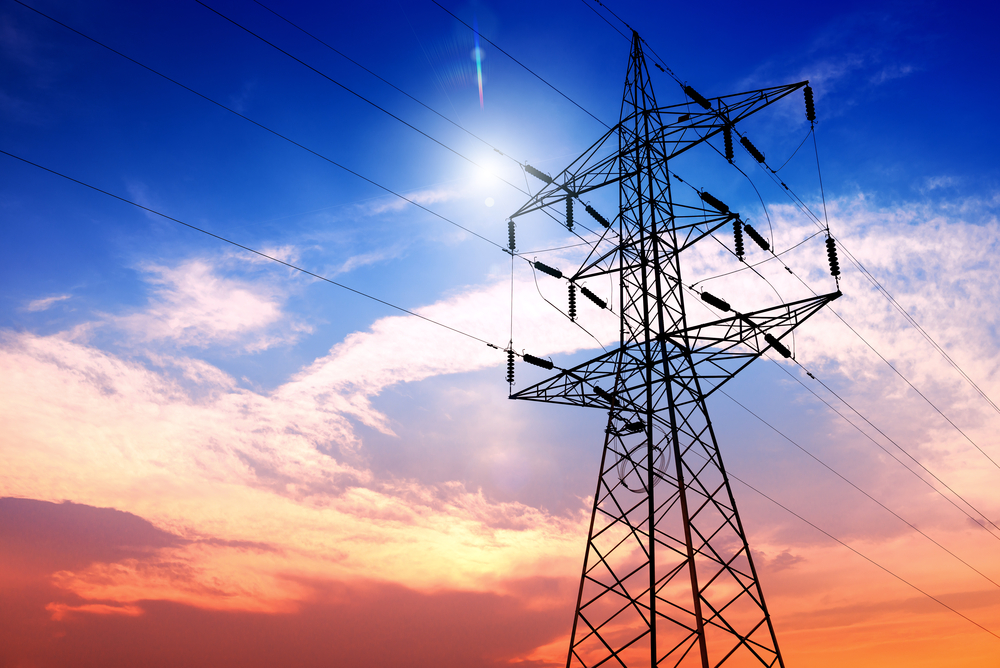
A new initiative aiming to utilize the benefits of distributed energy resources (DERs), such as customer-produced solar energy for restoration and recovery purposes after severe storms, was recently launched by researchers at the Lawrence Livermore National Laboratory (LLNL).
Led by LLNL researcher Emma Stewart and a number of partners from the Los Alamos National Laboratory (LANL) and the Pacific Northwest National Laboratory (PNNL), the CleanstartDERMS project is one of seven projects funded by the U.S. Department of Energy’s (DOE) Energy Grid Modernization Initiative through its Resilient Distribution Systems lab call.
Stewart said that the goal of the project will be to demonstrate the usability of DERs to maintain resiliency on the grid for large-scale events, noting that those resources would be used to form a dynamic microgrid that would form and evolve based on what it’s monitoring in order to bring power back faster to customers.
She continued, stating that the research team would also attempt to demonstrate the potential of DER-based microgrids to serve as critical brown and “black start”-capable resources, which refers to restoring grid power from scratch.
With the CleanstartDERMS initiative, the researchers will utilize real-time data analytics and artificial intelligence to detect the risks to the grid prior to an outage happening, deciding which clusters would be affected, and signaling them to disconnect their power to protect the rest of the grid from a blackout.
In the event that power has been lost throughout a wide area, the project’s second stage will use its analytics, DER controls and communication tools to provide service to customers and black start support to utilities.
According to LLNL, the researchers will look at “dynamic islanding”, which refers to forming microgrids of customers who generate power at home through photovoltaic solar panels, to support themselves independently until they can be reconnected to the main transmission lines.




